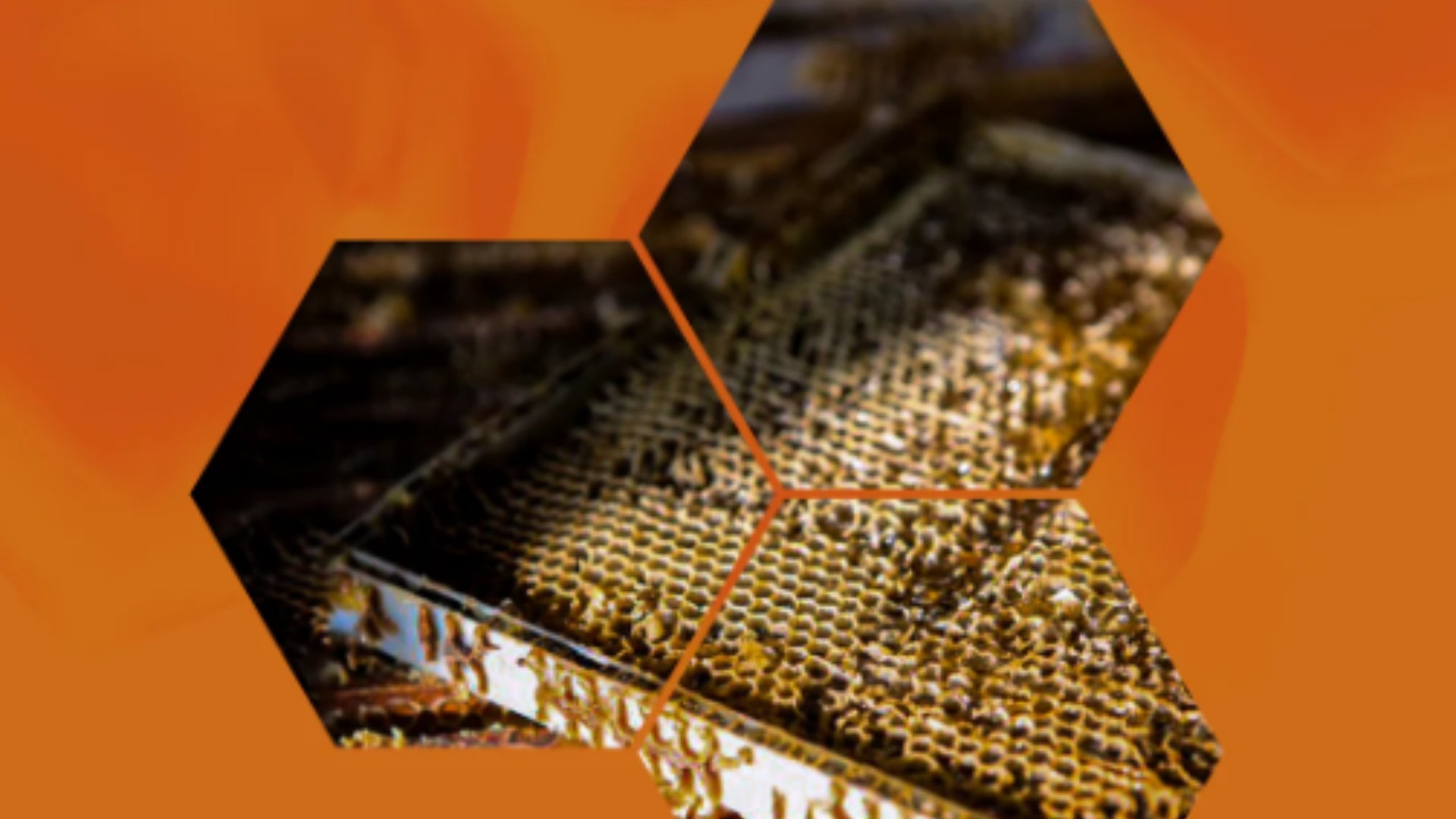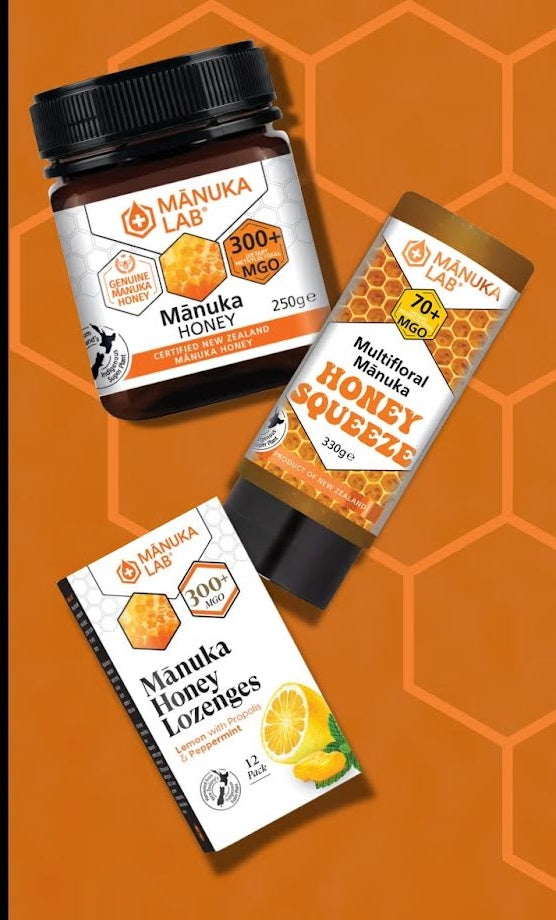

What is Raw Manuka honey?
Raw manuka honey is honey that has not been heated, unprocessed and unfiltered or pasteurised. There are many misconceptions out there about raw and pasteurised manuka honey. Many brands on the market will say their honey is raw to charge more for their product. However, as a consumer, you should know that there is no such definition in New Zealand so anyone can call their honey raw whether or not it has been heated.
How is honey extracted from the honeycomb?
When extracting Manuka honey from the comb, the comb is spun at a high force to naturally force the honey out of the cells. This is then filtered to remove wax from the honey, the natural remnants and fragments which may be in a hive and stayed in the honey.
Our honey is gently heated to the temperature of the hive so it can be poured into the jars. All honey, and all brands are gently heated. It is impossible to jar hard honey commercially, which is why Manuka is heated.
Benefits of Raw Manuka Honey or Natural Manuka Honey
Raw honey, and particularly Manuka honey with its benefits to health and appearance, is universally regarded as a superfood.
Manuka honey's anti-inflammatory and anti-bacterial properties make it an effective remedy for sore throats. Aside from this, Manuka honey can also be used to treat gastrointestinal issues, and energy levels, and fortify the immune system, alongside a healthy diet.
Additionally, the anti-aging properties of Manuka honey stem from its resistance to oxidative radicals.
How to Use Raw Manuka Honey?
Honey from the Manuka bush is thought to have miraculous healing and cosmetic effects. Listed below are some suggestions that may help you.
Treating Wounds
Scratches and mild cuts can be treated with Manuka honey. If you measure how much fluid is escaping from the wound, you'll know how much honey to apply. It's recommended that extra honey be used to cover the area if there is significant leaking.
Manuka honey is applied to a bandage as the initial step in its use. The next step is to bandage the cut and either apply honey or a compress to the area. Honey bandages need to be changed frequently, and sealed or waterproof dressings should be used to avoid honey leakage.
Immunology and Digestive Health
It has been scientifically shown that Manuka honey may significantly reduce stomach issues. Just one or two tablespoons each day, or mix it into your food, is all that's needed. Pairing it with some yoghurt is a fantastic idea.
Furthermore, a sore throat can be soothed by taking half a tablespoon to a tablespoon of Manuka honey every day, and it can help you recover faster from whatever ails you.
Skin Care Benefits
Due to its anti-inflammatory characteristics, Manuka honey may help clear up acne. Applying a thin layer of honey to the affected region is the first step in the treatment. Then, you'll need to relax for at least fifteen minutes with this mask. The final results will blow your mind.
You can also discover recipes online that call for equal parts honey, olive oil, and beeswax to treat melaleuca with a soothing blend of Manuka Honey. Try to use the concoction at least thrice daily for optimum benefits.
How different is Raw Manuka vs Manuka Honey
Manuka honey is scientifically tested for its MGO (Methylglyoxal), HMF and DHA.
MGO or Methylglyoxal is the natural compound that gives Manuka Honey its antibacterial activity. The strength or grades of MGO can be scientifically measured. MGO is recognised as one of the markers which identify the authenticity of manuka honey, by the New Zealand government.
HMF or Hydroxymethylfurfural is an indicator of the freshness and quality of the honey. In the UK honey standards, this must be below 40mg/kg for the Honey to be called Honey.
DHA also known as Dihydroxyacetone, converts to MGO naturally in the Manuka honey, high levels of DHA shows the Manuka can still increase in MGO strength.



